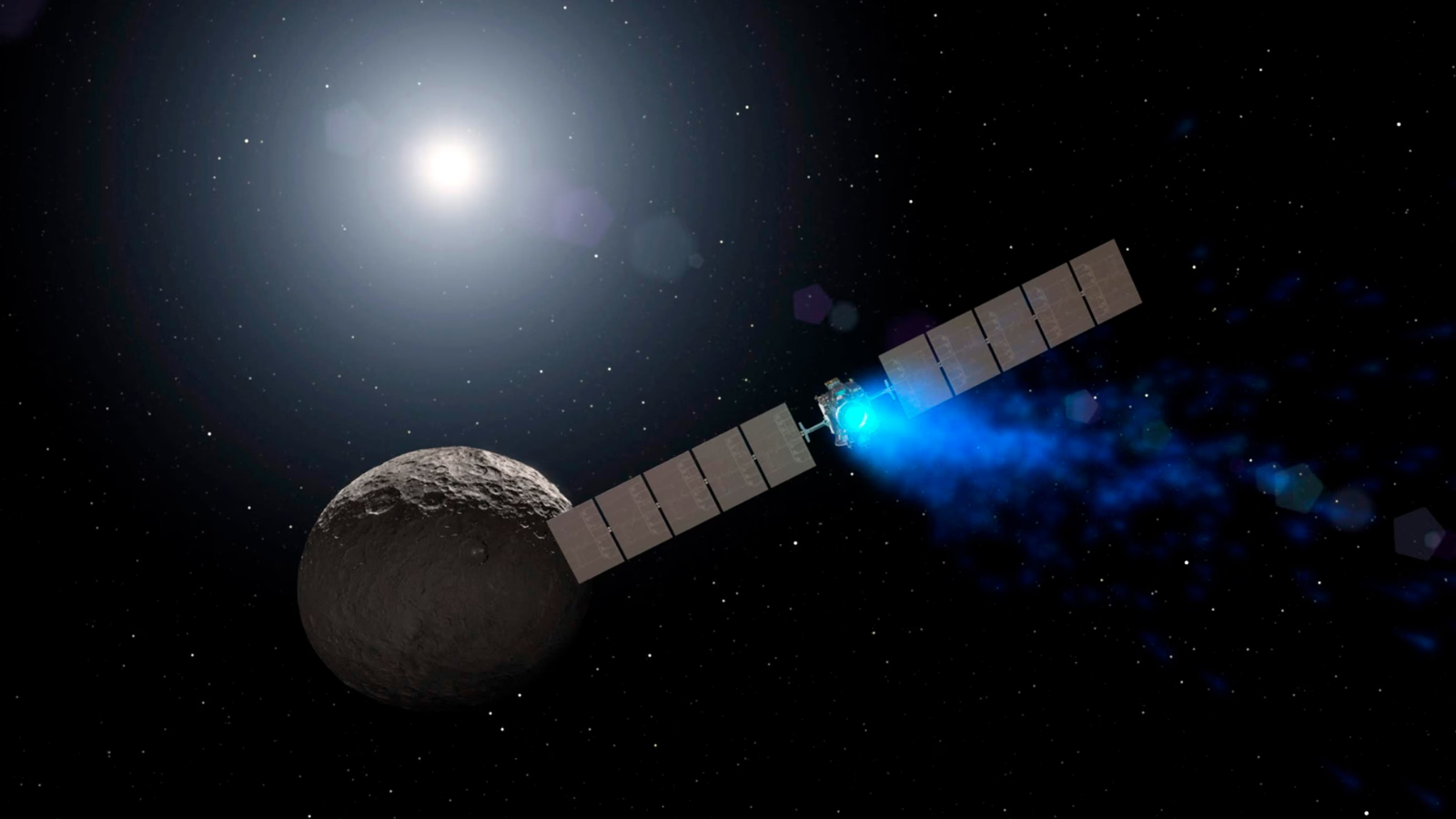
In a groundbreaking revelation that could redefine our understanding of life’s existence in the universe, NASA scientists have detected compelling evidence of life on a dwarf planet situated between Mars and Jupiter. This discovery has sparked curiosity and opened new avenues in astrobiology, prompting scientists worldwide to rethink the possibilities of extraterrestrial habitability.
The Dwarf Planet: Ceres – A Potential Haven for Life
The celestial body at the center of this discovery is Ceres, the largest object in the asteroid belt and classified as a dwarf planet. Previously considered a cold, inert rocky body, recent studies suggest it may have been much more dynamic in its history. According to NASA researchers, Ceres may have once harbored conditions suitable for life, thanks to evidence indicating the presence of long-standing energy sources capable of sustaining biological processes.
How Did Scientists Detect the Signs of Life?
Scientists utilized advanced spectroscopy techniques and recent data from NASA’s Dawn spacecraft to analyze the surface and subsurface compositions of Ceres. The data revealed traces of complex organic molecules—precursors to life—and indications of liquid water reservoirs beneath its icy crust. These findings were further supported by detections of certain minerals associated with aqueous activity, such as phyllosilicates and carbonates, which are often linked to habitable environments on Earth.
One of the key indicators was the detection of possible chemical pathways that could generate energy for microbes, much like extremophiles survive in Earth’s harsh environments. The presence of hydrothermal activity or energy from radioactive decay could have created habitable niches deep inside Ceres, fostering the development of microbial life billions of years ago.
Significance of this Discovery
- Redefining Habitability: Previously, the focus was mainly on Mars and moons like Europa and Enceladus as prime candidates for extraterrestrial life. The evidence from Ceres suggests that even smaller, icy bodies in the asteroid belt could have sustained life or at least had the potential to do so in their past.
- Expanding the Search for Extraterrestrial Life: This breakthrough broadens the scope for future exploration missions targeting dwarf planets and asteroids, emphasizing the importance of investigating a wider variety of celestial bodies.
- Implications for Theories of Life’s Origins: The findings support the idea that life may not be exclusive to large planets with stable atmospheres but can exist in diverse environments with the right chemical and energy conditions.
Supporting Evidence From Recent Studies
Further supporting the potential habitability of Ceres are recent studies that suggest it had long-standing energy sources capable of fueling life. For example, research indicates that Ceres might have had energy-rich environments for over a billion years, which could have provided a stable habitat for microorganisms.
Moreover, scientists believe that Ceres might have been habitable as recently as 500 million years ago, meaning life could have persisted into relatively recent geological periods. The possibility of a water-rich subsurface layer, kept warm by radioactive decay or residual geothermal heat, offers an appealing environment for microbial life.
The Broader Context of Planetary Habitability
This discovery aligns with what scientists are increasingly learning about the universe’s potential for hosting life in diverse environments. The concept of habitability is no longer confined to Earth-like planets in the “habitable zone” but now includes icy moons, dwarf planets, and even asteroid-sized bodies that previously were considered inhospitable.
NASA’s ongoing missions and future exploratory endeavors, such as the upcoming JUICE mission to Jupiter’s moons and continued studies of Ceres, are crucial for understanding the full extent of where life can exist. These efforts are vital as humanity strives to find definitive evidence of extraterrestrial life and understand its origins and resilience.
The Future of Research and Exploration
Scientists are optimistic about the potential for future missions to Ceres and similar bodies. Sample-return missions, advanced remote sensing technology, and in-situ analysis will be key in uncovering further signs of habitability. The possibility of finding microbial life or its remnants on Ceres could revolutionize astrobiology and our understanding of life’s universality.
Additionally, studying the chemical processes that took place on Ceres might also shed light on how habitable environments form on other celestial bodies. Understanding these processes increases the chances of discovering life elsewhere in the cosmos, thus bringing us closer to answering one of humanity’s most profound questions: Are we alone?
In Conclusion
The evidence of traces of life on a dwarf planet between Mars and Jupiter is a testament to human curiosity and ingenuity. It challenges existing paradigms and motivates further exploration of celestial bodies beyond traditional targets. As we continue to unlock the mysteries of the universe, discoveries like these inspire us to keep searching, to keep questioning, and to marvel at the potential for life beyond Earth.
For more updated news please keep visiting Prime News World.








